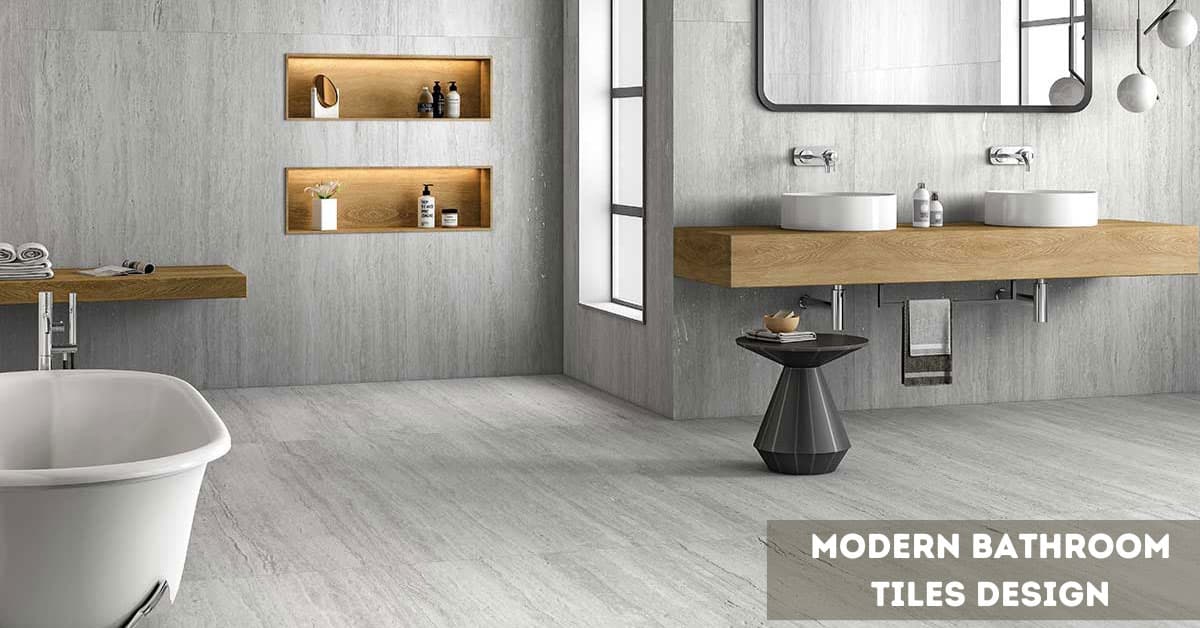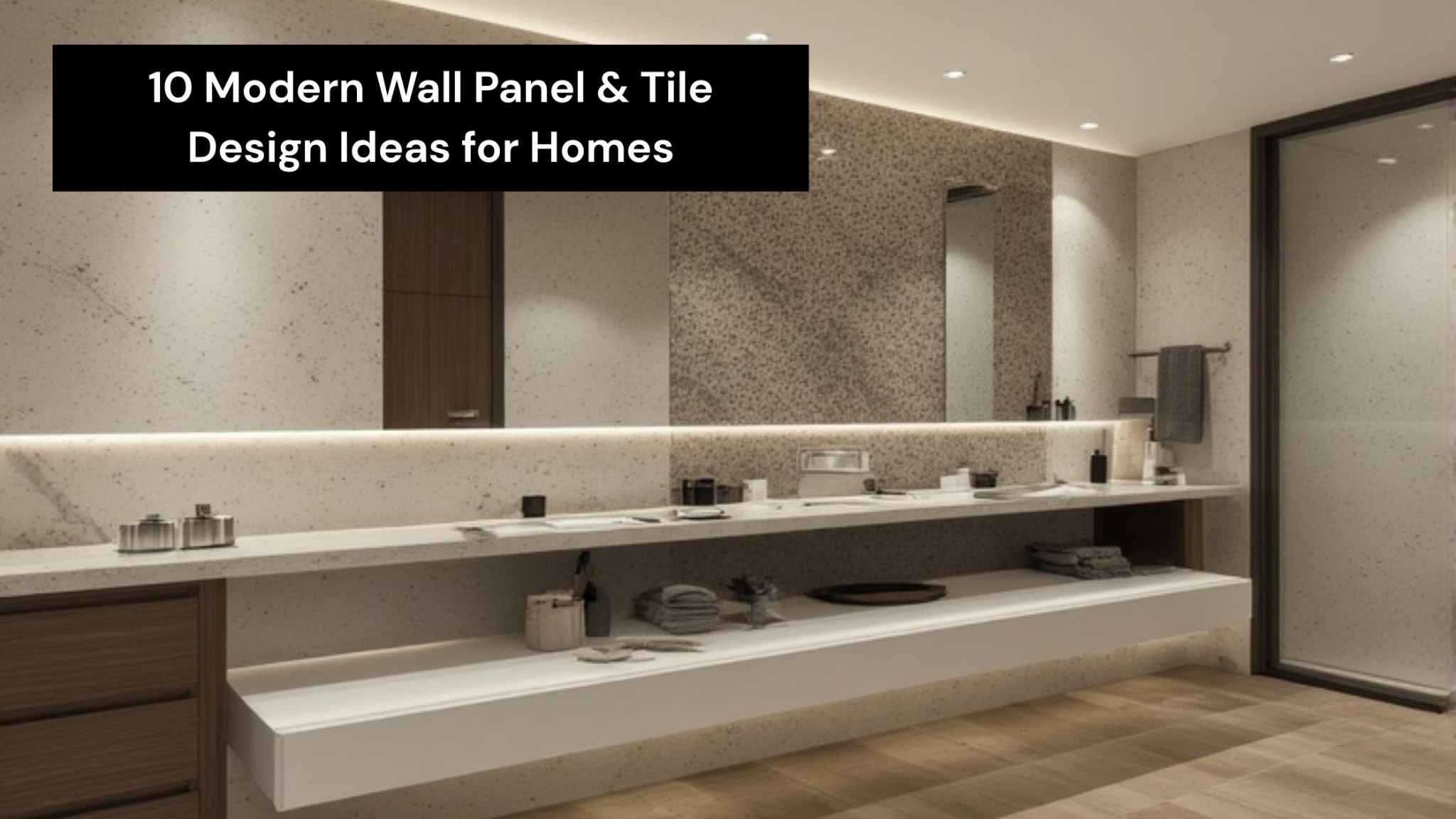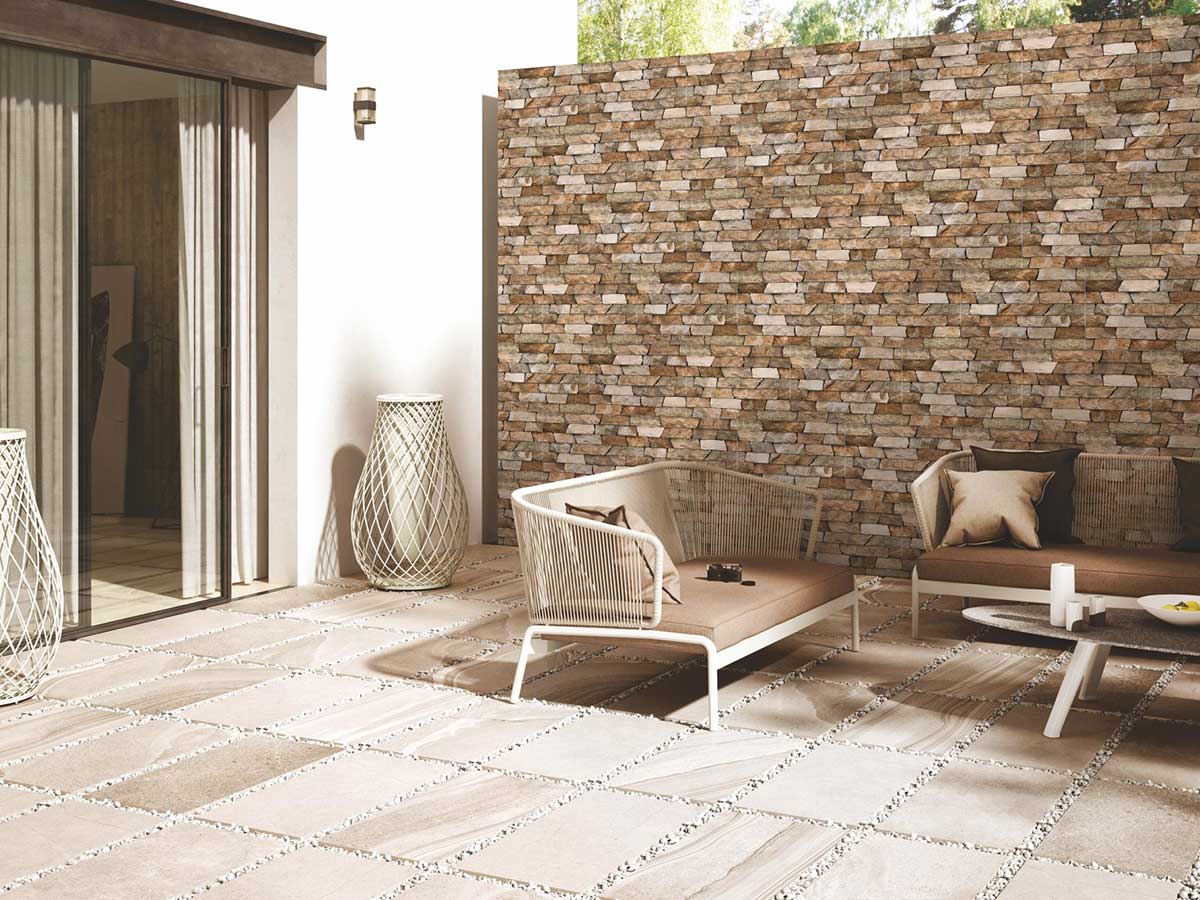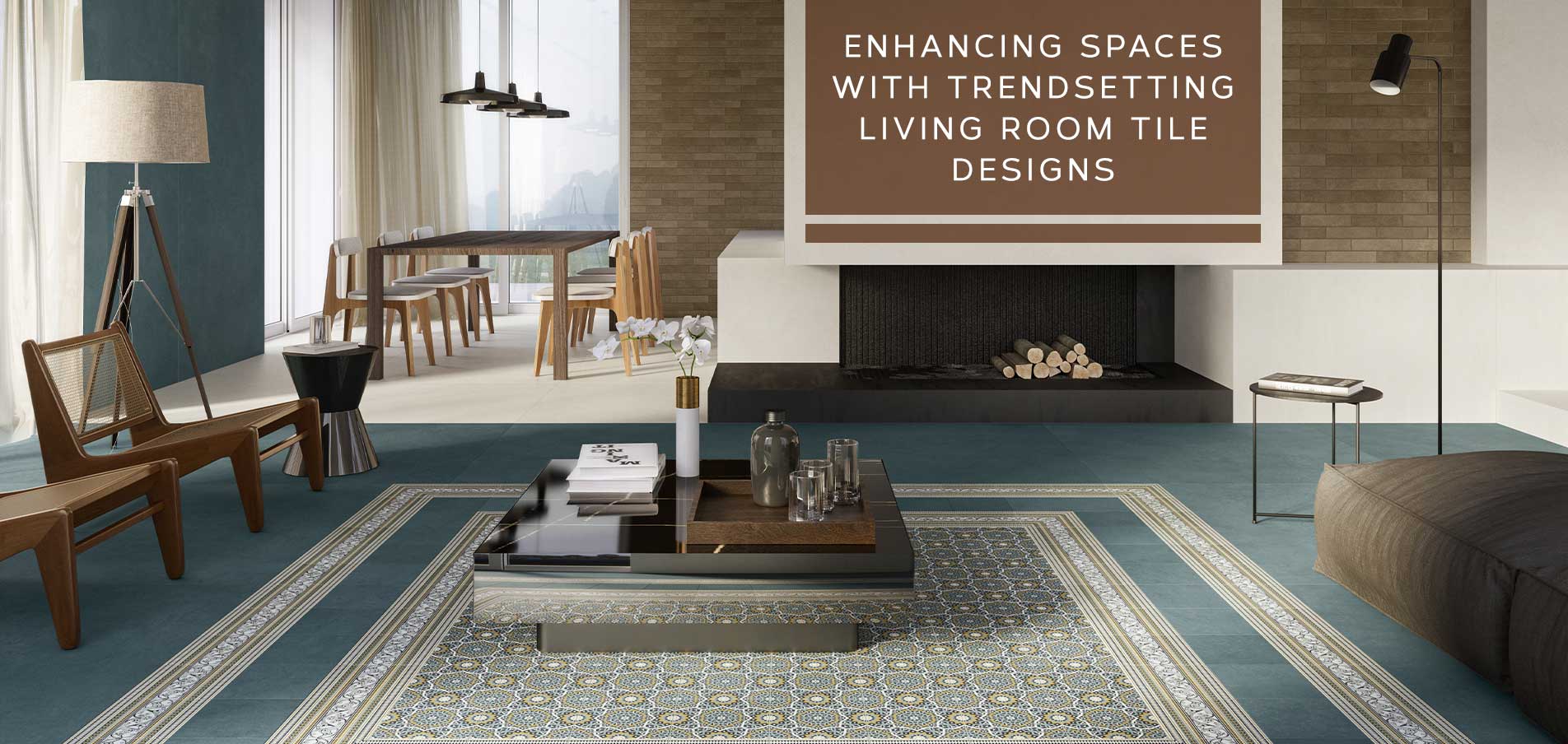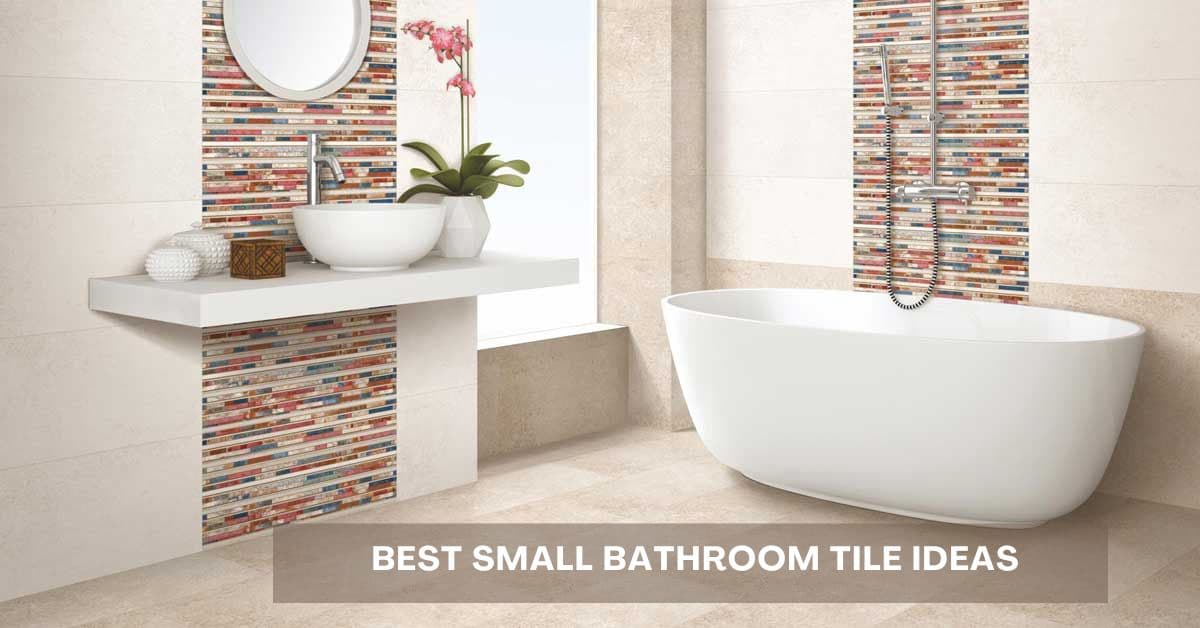GVT vs. PGVT Tiles: Which is the Best Choice for Your Home?
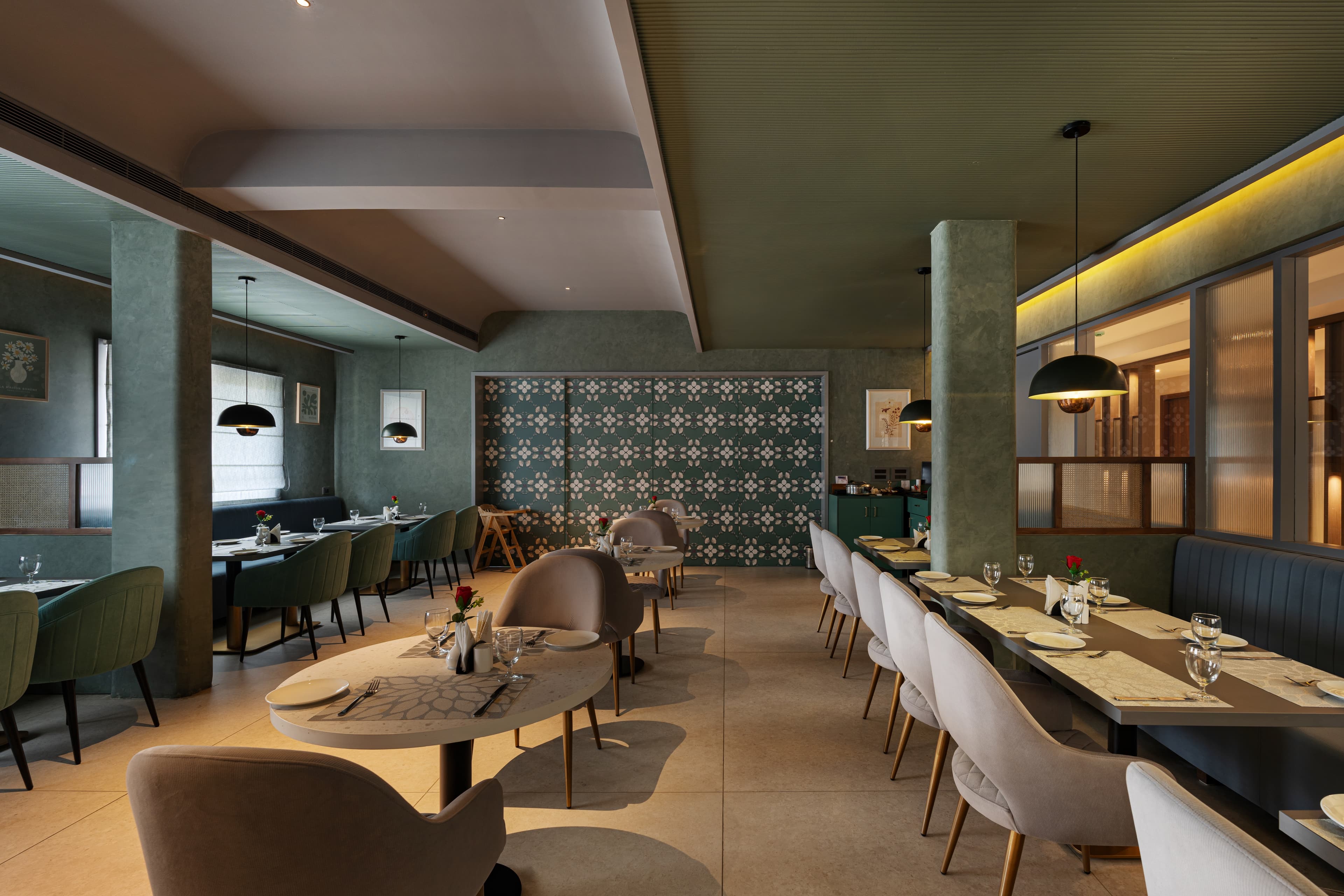
Imagine walking into a space that instantly reflects your style—sleek, glossy, or subtly textured—yet strong enough to withstand years of use. That’s the magic of vitrified tiles. With countless choices available in the tile market, two stand out for their beauty and durability: GVT tiles and PGVT tiles. But when both sound impressive, how do you decide which one suits your home or commercial space better?
In this guide, we’ll break down the GVT vs PGVT tiles debate to help you understand their core differences, usage, finish, and long-term benefits. Whether you’re revamping a kitchen, planning a luxurious living room, or choosing tiles for a hotel lobby, this blog will help you find the perfect fit.
What Are GVT Tiles?
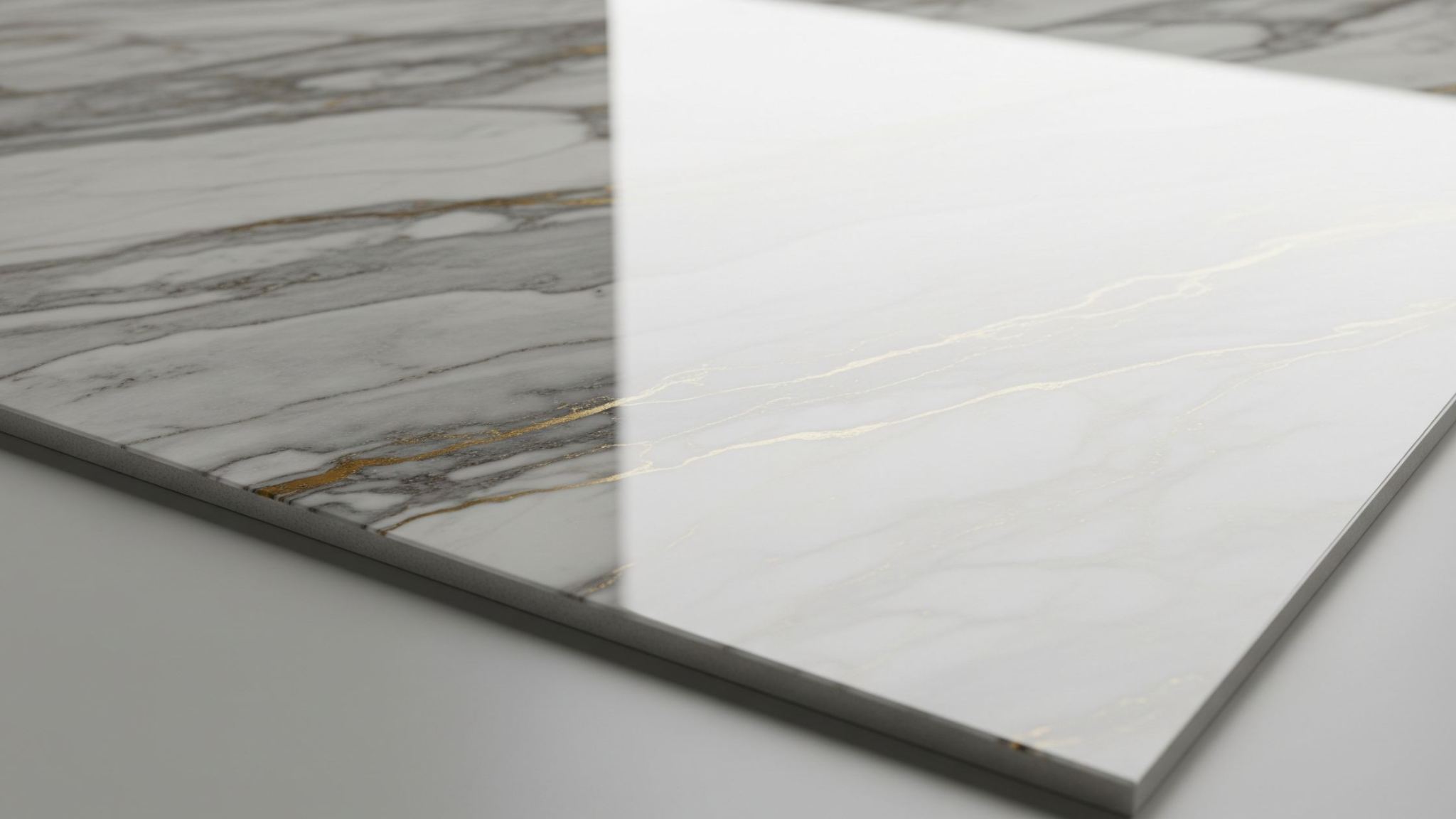
GVT tiles, or Glazed Vitrified Tiles, are vitrified tiles with a layer of glaze on top. This glazed coating allows for detailed patterns, textures, and prints to be applied on the surface, thanks to advanced digital printing technology.
These tiles are known for:
- Wide design variety: From wood textures and marble finishes to abstract prints.
- Different surface finishes: Available in matte, sugar, rustic, satin, and more.
- Strong functionality: Ideal for medium to high-traffic areas in both residential and commercial spaces.
Because of their design flexibility, GVT tiles can mimic luxurious materials like natural stone or hardwood at a fraction of the cost and without the maintenance hassle.
What Are PGVT Tiles?
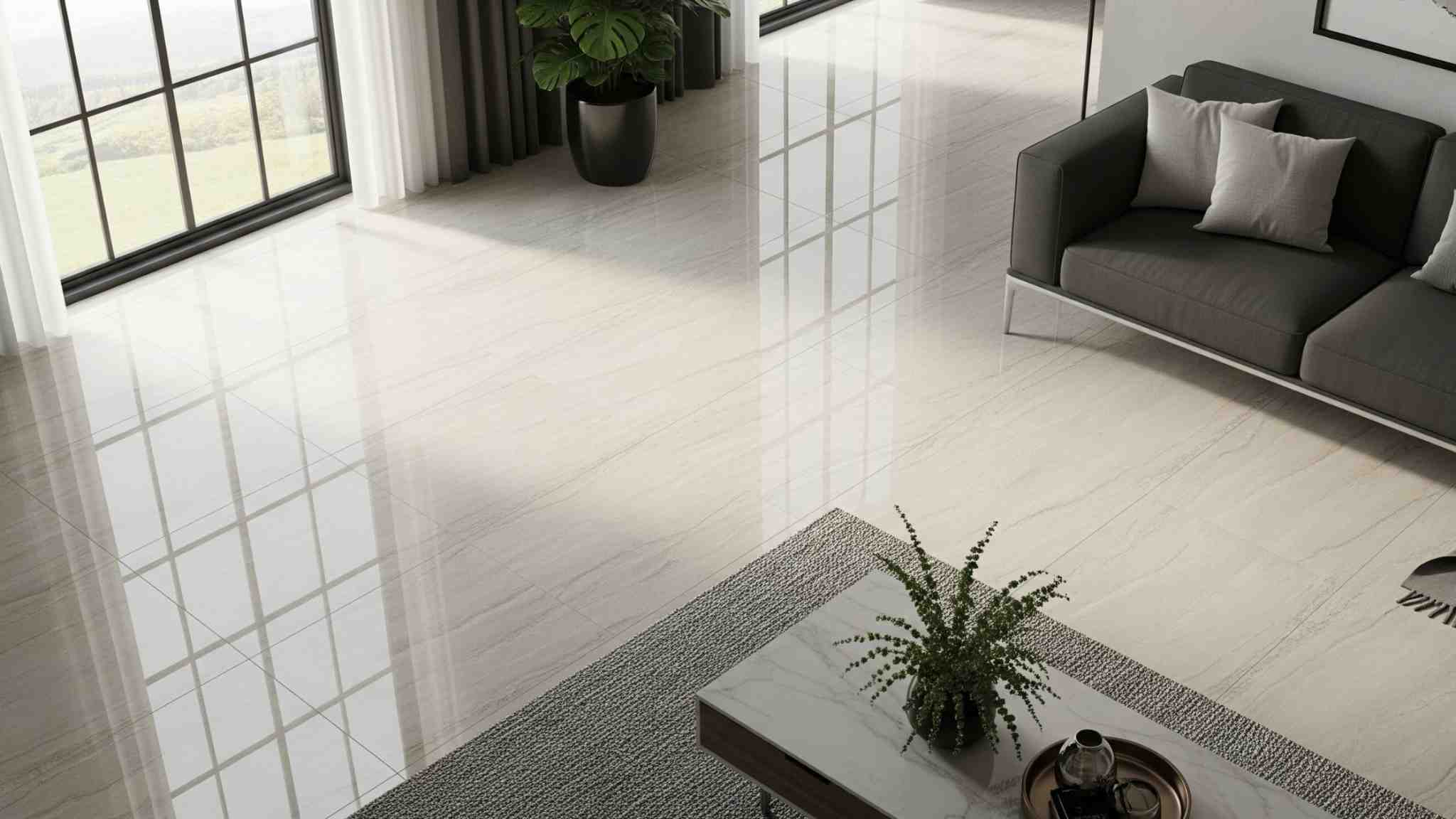
PGVT, or Polished Glazed Vitrified Tiles, are essentially a subset of GVT tiles—but with one defining difference: they have a high-gloss polished finish on the glazed surface.
What sets PGVT tiles apart:
- An ultra-smooth, reflective surface that enhances light and makes rooms appear more spacious.
- Highly decorative appeal with vivid, digitally printed designs.
- Best for low to moderate-traffic indoor spaces where elegance is a top priority.
PGVT tiles offer a sleek and premium look, often used in areas where visual impact matters more than slip-resistance.
Example: The Statuario Hoist PGVT from Simpolo Tiles & Bathware offers a marble-like finish ideal for high-end living rooms or luxurious bedrooms.
GVT vs PGVT Tiles: A Detailed Comparison
Let’s explore how GVT tiles and PGVT tiles differ in terms of finish, usage, maintenance, and overall performance.
|
Feature |
GVT Tiles |
PGVT Tiles |
|
Finish |
Multiple finishes (matte, rustic, satin, etc.) |
Always high-gloss polished |
|
Slip Resistance |
Better traction in matte or textured finishes |
Slippery when wet due to glossy surface |
|
Design Range |
Extensive, including stone, wood, and abstract |
Limited to glossy patterns, though high-definition |
|
Ideal Use |
Kitchens, bathrooms, and commercial areas |
Bedrooms, living rooms, feature walls |
|
Maintenance |
Slightly more prone to dust accumulation |
Easy to wipe and clean due to the glossy surface |
|
Appearance |
More subtle and natural |
Luxurious, reflective, and light-enhancing |
|
Durability |
High |
High |
|
Cost |
Generally more affordable |
Slightly higher due to the polishing process |
Choosing the Right Tile Based on Your Space
Every room has a personality, and so should the tiles that grace its floor or walls. Here’s how to choose between GVT and PGVT tiles depending on where you plan to use them:
1. Living Rooms
If you're aiming for a classy, luxurious feel, PGVT living room tiles are a fantastic choice. Their glossy finish reflects natural and artificial light, making the space look grand and airy.
However, if you're designing a family-friendly area with frequent foot traffic or kids and pets running around, GVT tiles with a matte finish offer more grip and durability without compromising on style.
2. Kitchens & Bathrooms
In spaces prone to moisture, spills, and slips, GVT tiles for kitchen and bathroom are the clear winner. The variety of anti-slip finishes makes them ideal for safety and hygiene. PGVT tiles may be too slippery and require extra care when wet.
Example: The Copos Grey GVT tile offers a neutral, textured finish perfect for minimalist bathrooms and modular kitchens.
3. Bedrooms
In a private, cosy space, where aesthetics matter more than heavy-duty function, PGVT bedroom tiles are perfect. They add that extra shine and elegance without the worry of excessive wear.
Go for softer tones or marble-effect PGVT tiles to create a restful ambience.
4. Commercial Spaces
From hotel lobbies to retail stores and office corridors, GVT commercial tiles in full matte or textured finish are more practical. They hide scratches better, offer slip resistance, and stay beautiful despite heavy usage.
For focal points like feature walls or display backdrops, use PGVT tiles sparingly to create visual impact.
Also Read: A Comprehensive Guide to Different Types of Vitrified Tiles
Why the Finish Matters: Gloss vs Matte
The finish is what makes or breaks the tile’s performance in your chosen space. Here’s a closer look at how GVT and PGVT finishes function differently:
- Glossy PGVT Tiles: Make smaller rooms look bigger, reflect light brilliantly, and are easy to clean. However, they can be slippery when wet and are more prone to visible scratches.
- Textured/Matte GVT Tiles: Offer a softer, natural look with better traction. They’re perfect for wet areas or homes with elderly people or children.
Quick tip: Mix and match both types for a unique look. Use PGVT tiles for walls and GVT tiles for flooring to combine safety with elegance.
Pros and Cons at a Glance
GVT Tiles
Pros:
- Safer for wet zones
- Broad finish variety
- Durable for heavy foot traffic
- Affordable
Cons:
- May require more frequent cleaning in textured finishes
- Less reflective
PGVT Tiles
Pros:
- Luxurious glossy look
- Great for low-maintenance aesthetics
- Excellent light reflection
- Ideal for elegant interior spaces
Cons:
- Slippery in wet conditions
- Slightly higher cost
- Not ideal for commercial or outdoor use
Simpolo Tiles & Bathware: Your One-Stop Tile Destination
Whether you're drawn to the glossy elegance of PGVT tiles or the practical, design-rich appeal of GVT tiles, Simpolo Tiles & Bathware offers collections that cater to every need and aesthetic. Explore refined choices like Cinerea Armani,Black Bamboo, and Ricco 2.0 —each designed to match the mood, material, and functionality of modern homes and spaces.
With cutting-edge technology and design-first thinking, we ensure that each tile you pick is not only a reflection of your style but also a long-term investment in quality and comfort.
Conclusion
GVT vs. PGVT tiles—it’s not about which is better, but which is better for you. Your choice depends on your space, traffic, design intent, and how much maintenance you’re comfortable with.
If you want to make a bold, luxurious statement in your living space, PGVT tiles offer unbeatable shine and visual appeal. But if safety, versatility, and durability are top of mind—especially for kitchens, bathrooms, or commercial settings—GVT tiles are the smart choice.
Ultimately, it's about how you want your space to feel and function. With the wide selection available from Simpolo Tiles & Bathware, finding the perfect tile that blends beauty and performance has never been easier.
Also Read: Glazed Vitrified Tiles vs Double Charge
FAQs on GVT vs. PGVT Tiles
1. Are PGVT tiles slippery?
Yes, their glossy surface can be slippery when wet. It’s best to avoid them in areas prone to moisture, like bathrooms or kitchens.
2. Which tiles are better for a high-traffic area: GVT or PGVT?
GVT tiles are more suitable for high-traffic zones due to their anti-slip finishes and durability.
3. Can I use PGVT tiles for wall cladding?
Absolutely! PGVT tiles are ideal for wall applications where their high gloss finish can shine without foot traffic concerns.
4. Which tile has better design variety?
Both use digital printing, but GVT tiles offer more finish options, while PGVT tiles focus on glossy looks.
5. What’s more budget-friendly: GVT or PGVT?
GVT tiles tend to be slightly more affordable, while PGVT tiles cost more due to the polishing process.


